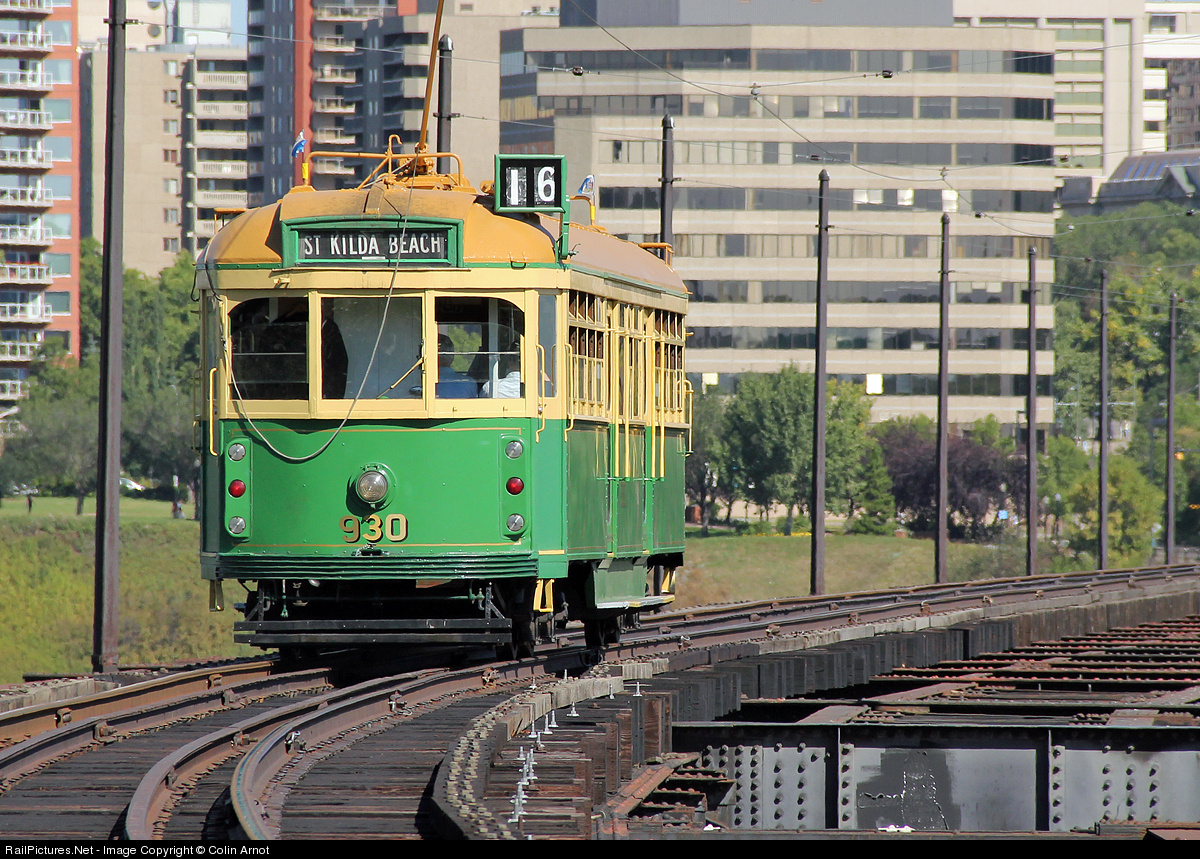

Low season (October–April) fares are lower than in the high season (May–September) although when travelling during the winter months you should remember that shorter daylight hours will significantly affect your sightseeing opportunities from the train. See the Rail travel in Canada page for more information on these other routes.Ĭanada's train services run throughout the year, although in some cases with reduced frequencies and shorter trains in the low season. Many travellers express a preference in going from east to west, since this follows the direction that European settlers populated the country and rewards you after the seemingly endless prairies with the breathtaking Rocky Mountains, but the decision of which way to travel is yours.Īdditional side trips by train to other destinations are possible at various points along the transcontinental route. Check the timetables of the trains you'll be riding on to see how this affects the arrival times in towns and cities you want to stop off in. However, the return trip will most likely have different passengers, so you will have a new group of different people to get to know during your voyage.ĭecide whether to start your trip in the west (Vancouver) or in the east (Halifax). Travelling both ways is not: the vast landscape of the country will become infinitely less interesting if you have to turn round and go back again. Travelling from one side of Canada to another by train is a great itinerary for an exciting and varied holiday. Which direction to travel in Pacific Central Station in Vancouver, British Columbia the starting point for an eastbound trans-Canadian train trip This itinerary uses only the services of VIA Rail Canada. The train services listed here are thus not high speed services, but rather are laid back services that primarily cater to tourists with ample time on their hands to enjoy the scenery.Ī handful of private luxury train operators offer exclusive rail tours however most passenger rail services in Canada are provided by VIA Rail Canada, the state-owned Crown Corporation that provides national passenger rail services. In modern times, Canada's railways are primarily used for freight traffic, with passenger services generally given lower priority. Information on all other rail services in Canada can be found on Rail travel in Canada page.Ĭanada does not have any high-speed railway lines, and much of the infrastructure was built before World War II. There are many other passenger rail services in Canada. Whether experienced from the comfort of a private sleeping compartment or in the sociable and affordable seated coaches, it is a once-in-a-lifetime trip that demonstrates Canada's social and geographic diversity, from sea to sea, in line with the motto from Canada's coats of arms, A mari usque ad mare. This itinerary covers 6,351 km (3,946 miles), crosses eight Canadian provinces and passes through some of North America's most vibrant and exciting cities.
Train across canada how to#
This itinerary explains how to book, travel and experience the scheduled passenger rail services that exist between: The sheer size of the country, which spans 9,984,670 km² (3,854,085 sq mi) and six time zones means that vast areas are either sparsely populated or completely uninhabited. A high level observation car is nearest the camera.Ĭanada is the second largest country on earth, yet with a population of almost 38 million in 2020, it has just the 39th largest population. Understand See also: Rail travel in Canada An Eastbound VIA Rail Canada 'Canadian' service from Vancouver, British Columbia to Toronto, Ontario pauses for an extended stop at Jasper in the Rocky Mountains in May 2006.
Train across canada series#
While most Canadians choose to travel between major cities by airplane, there still exists today a continuous series of connecting train services from the Pacific to the Atlantic, and a trans-continental journey on the passenger trains of Canada remains one of the greatest railway journeys in the world.


 0 kommentar(er)
0 kommentar(er)
